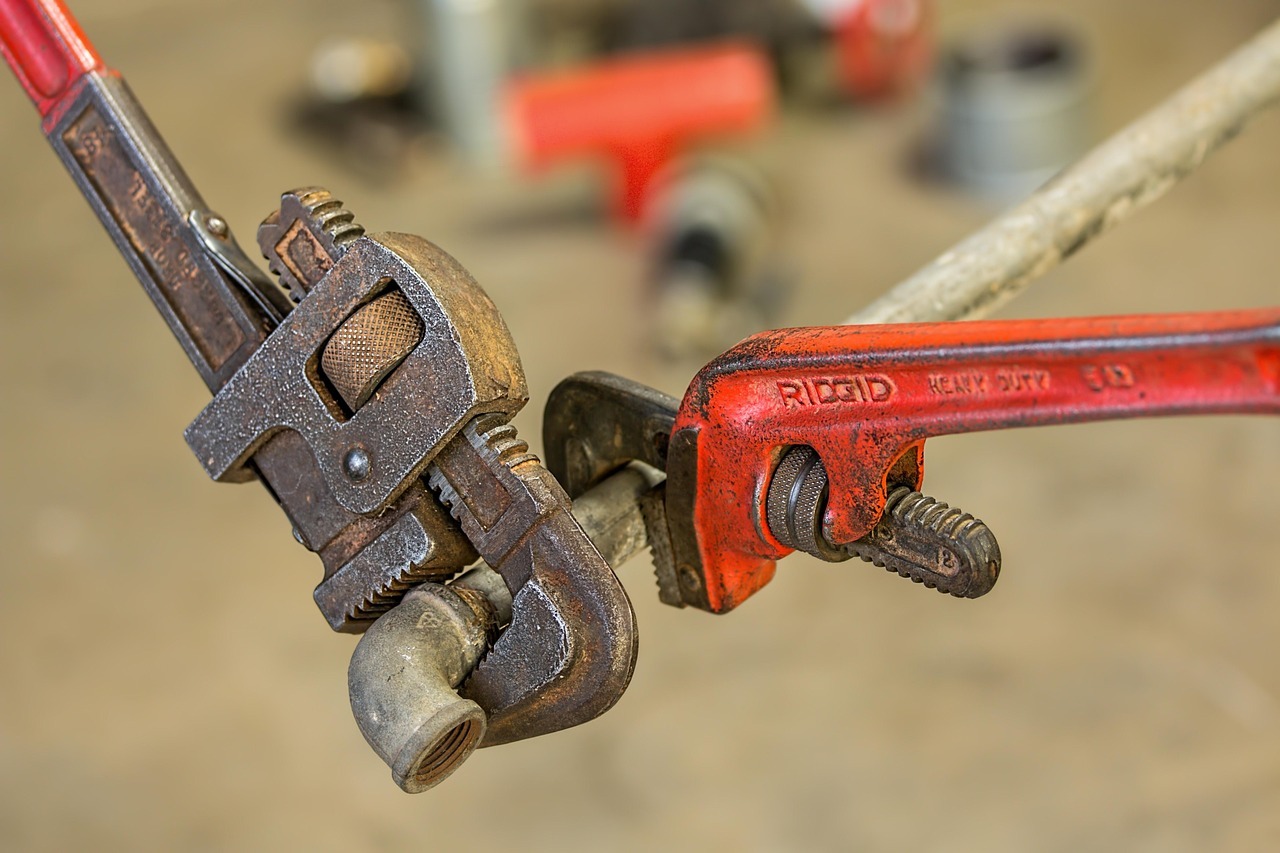Brand Safety or Suitability in the Age of AI?
Posted by Victor Mills • Jul 28, 2025 12:48:52 PM
Brand safety isn’t what it used to be. Not hyperbole, but a diagnosis after which chaos ensues, making it hard to nail down let alone regulate a brand’s position on safety and suitability. Traditional pre-bid filters may block violent or explicit language, but they’re no match for the subtleties of modern misinformation as questionable language and content become normalized. AI driven content can mask harmful narratives in clean prose, slipping past present day keyword defenses undetected.
According to IAS’s 2025 Media Quality Report, categories like hate speech and controversial content surged 72% - the highest since 2020 reflecting a significant societal pendulum swing for what is considered acceptable. When ads land in the wrong place, it’s not just a matter of a brand misalignment, it’s a reputational fastball with ripple effects from PR damage to disrupted campaigns. As the nature of risk evolves, so does the language: “brand safety” is giving way to “brand suitability,” a more nuanced perspective, focused not just on avoidance but on alignment, while hoping ads feel contextually appropriate, and not awkward or antagonistic.
Yet just as marketers seek more control, they’re also accelerating toward greater uncertainty in the vast algorithmically driven social spaces. The adoption of AI tools has outpaced the industry’s ability to regulate their use. From generative images to deepfake audio, anyone with a subscription can now spoof a campaign. And, in a world where content and context change so rapidly, the risks compound daily. Many marketers admit they’re forging ahead anyway, dealing with consequences retroactively. There is simply no choice. The industry has seen this chaos before on social platforms, but now, it’s simply moving faster - with bigger stakes and less time to think. Ironically, the race for efficiency is introducing greater inefficiencies, fragmented partner ecosystems, inconsistent metrics, and mounting exposure.
Platforms like TikTok are responding by offering granular controls to help advertisers manage this complexity. Their Brand Safety & Suitability Playbook, for example, provides tools that allow brands to define where and how their content shows up. Not with blunt filters, but with targeted preferences around tone, topic, and values. This shift toward “configurable safety” acknowledges that no two brands operate with the same risk tolerance. But this is one approach, on one platform – the need for more consistency across platforms is palpable, but elusive. For advertisers, this means adapting from risk avoidance to proactive strategic risk management, where intentionality becomes a competitive advantage.
Some brands are already ahead of the curve. Vodafone’s recent partnership with DoubleVerify showcases what this future can look like. By implementing AI-powered brand suitability tech, Vodafone reduced keyword violations by 48% and block rates by 41%, while gaining broader access to trusted news content. Noteworthy, as news is an area often over blocked due to “breaking news” fears and blunt safety tools. The lesson is clear: achieving true brand suitability isn’t about playing defense, it’s about upgrading your stance and strategy.
Topics: Brand Safety, Brand Suitability, goals, tools, education, digital advertising, AI, multimedia, innovation, ethics
Want To Stay Ahead In Brand Safety?
Sign up for the BSI Newsletter to get our latest blogs and insights delivered straight to your inbox once a month—so you never miss an update. And if you’re ready to deepen your expertise, check out our education programs and certifications to lead with confidence in today’s evolving digital landscape.

